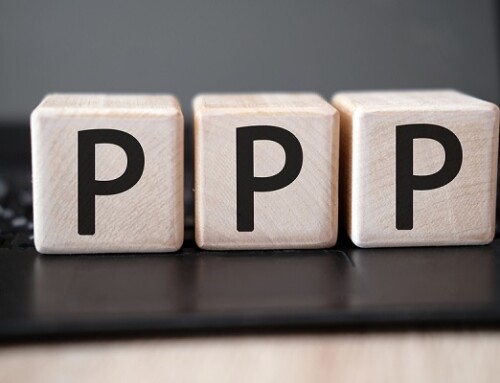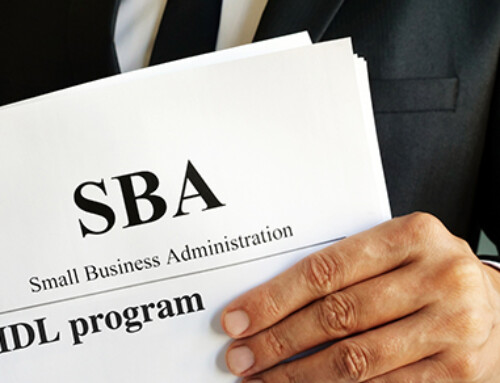Tax reform’s Section 199A deduction often confuses small-business owners and tax professionals alike. It’s quite possible you’ll get a Schedule K-1 from a business that omits the information you need to calculate your deduction.
What do you do?
You have a big problem. Without a properly completed Schedule K-1, your Section 199A deduction is a big fat $0.
Best option: fix the K-1. You should request a corrected Schedule K-1 from the entity giving you the Schedule K-1 so you have the information you need to calculate your Section 199A deduction.
Not-so-great options. If you can’t get a corrected Schedule K-1, you have two options:
- Take no Section 199A deduction.
- File Form 8082 with your tax return and claim the Section 199A deduction.
You file Form 8082 with your tax return when you take a position on your tax return that is inconsistent with the Schedule K-1 you received.
Since the final regulations presume the Section 199A amounts are $0 when omitted, it is possible Form 8082 can rebut that presumption. The truth is, we do not know for sure.
You can determine qualified business income, but not W-2 wages or unadjusted basis immediately after acquisition of qualified property, from the other information on the Schedule K-1. Therefore, the Form 8082 option is likely available only if you are under the Section 199A taxable income threshold ($315,000 on a joint return or $157,500 for all other filing statuses).
You also might use Form 8082 if your Schedule K-1 has wrong Section 199A information—for example, if the K-1 indicates the business is a specified service trade or business, but it is not.
Amended return. If you did not take a Section 199A deduction and you eventually get a corrected Schedule K-1, you can claim it on an amended return and claim a refund.
If you would like to discuss the Section 199A deduction and how your tax situation fits with the deduction, please call our office at 714-896-0366.





